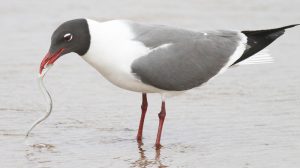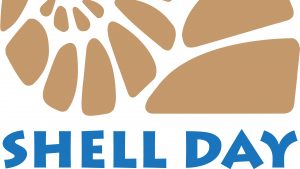Search results for: Frontier Airlines Flight 1800-299-7264 Reservations
WHOI-W-91-001 WHOI U.S. Strategies for Coo
WHOI-W-91-001 WHOI U.S. Strategies for Coo
Read MoreThe Little Fish with a Big Impact
In the Gulf of Maine, there’s a little eel-like fish not much bigger than a large pencil, that buries itself in the sand in the summer and swims up and down in the water column in the spring and fall. It’s called a sand lance and it’s incredibly important to the ecosystem of the Gulf of Maine. If you like whale watching, this little fish is the biggest reason you might or might not see a whale:
Read MoreWHOI-R-98-008 Hanlon, R.T. Mating Systems
WHOI-R-98-008 Hanlon, R.T. Mating Systems
Read MoreWHSeaGrant-EnvTech
WHSeaGrant-EnvTech
Read MoreFirst Coastal Acidification Monitoring Blitz in the Northeast
Join the first coastal acidification monitoring blitz in the Northeast – Aug 22 and 23, 2019 Shell Day aims to engage water quality monitoring organizations by focusing on coastal acidification measurements during a “blitz” throughout the New England coast on August 22 & 23, 2019. This citizen science collaboration will raise awareness of the opportunities…
Read MoreCellular Localization of CYP3A Proteins in Various Tissues from Pilot Whale (Globicephala melas)
Cellular Localization of CYP3A Proteins in Various Tissues from Pilot Whale (Globicephala melas) Celander, M.C., M.J. Moore, and J.J. Stegeman Environmental Toxicology and Pharmacology, Vol. 8, pp. 245-253, 2000 WHOI-R-00-009
Read MoreWHOI-R-05-002 Wilson, J.Y. Characterization o
WHOI-R-05-002 Wilson, J.Y. Characterization o
Read MoreDunesRestoration-FINAL_87224
DunesRestoration-FINAL_87224
Read MoreSome Determinants of Maturation in Brook Trout, Salvelinus fontinalis
Some Determinants of Maturation in Brook Trout, Salvelinus fontinalis McCormick, S.D. and R.J. Naiman Aquaculture, Vol. 43, pp. 269-278, 1984 WHOI-R-84-019 Size, age, growth rate and photoperiod (the controlling effects of the length of the day on phenomena such as reproductive cycles in mammals, migration patterns in birds, flowering in plants) were examined for their…
Read MoreBulletin: Coastal Dune Protection & Restoration
Bulletin: Coastal Dune Protection & Restoration This bulletin addresses restoration of the dynamic frontal coastal sand dune system with sand fencing and ‘Cape’ American beachgrass. Other typical Northeast area dune plants, such as Rosa Rugosa, Bayberry, and Beach Plum occupy more stable secondary and backdune areas.
Read More

